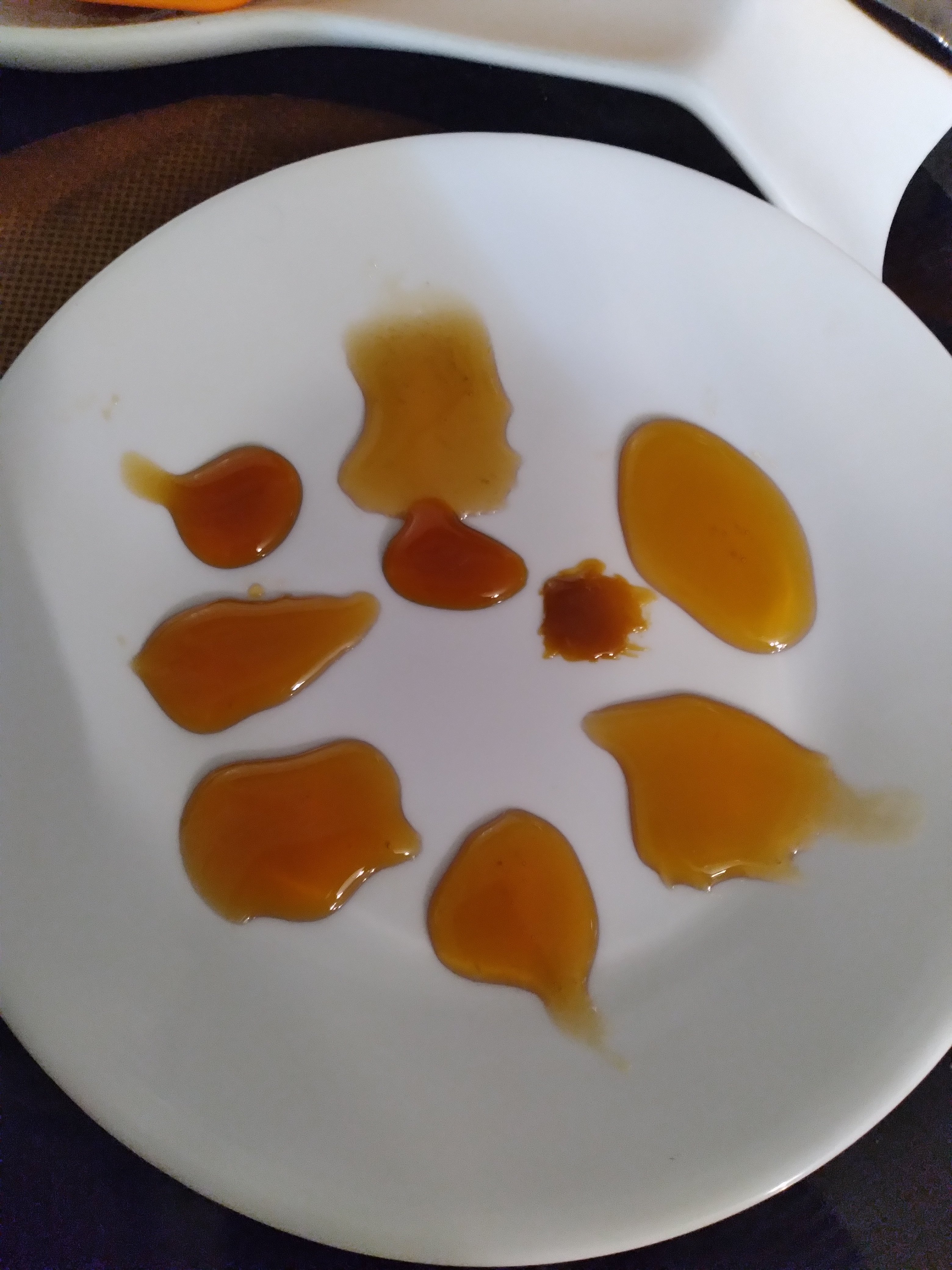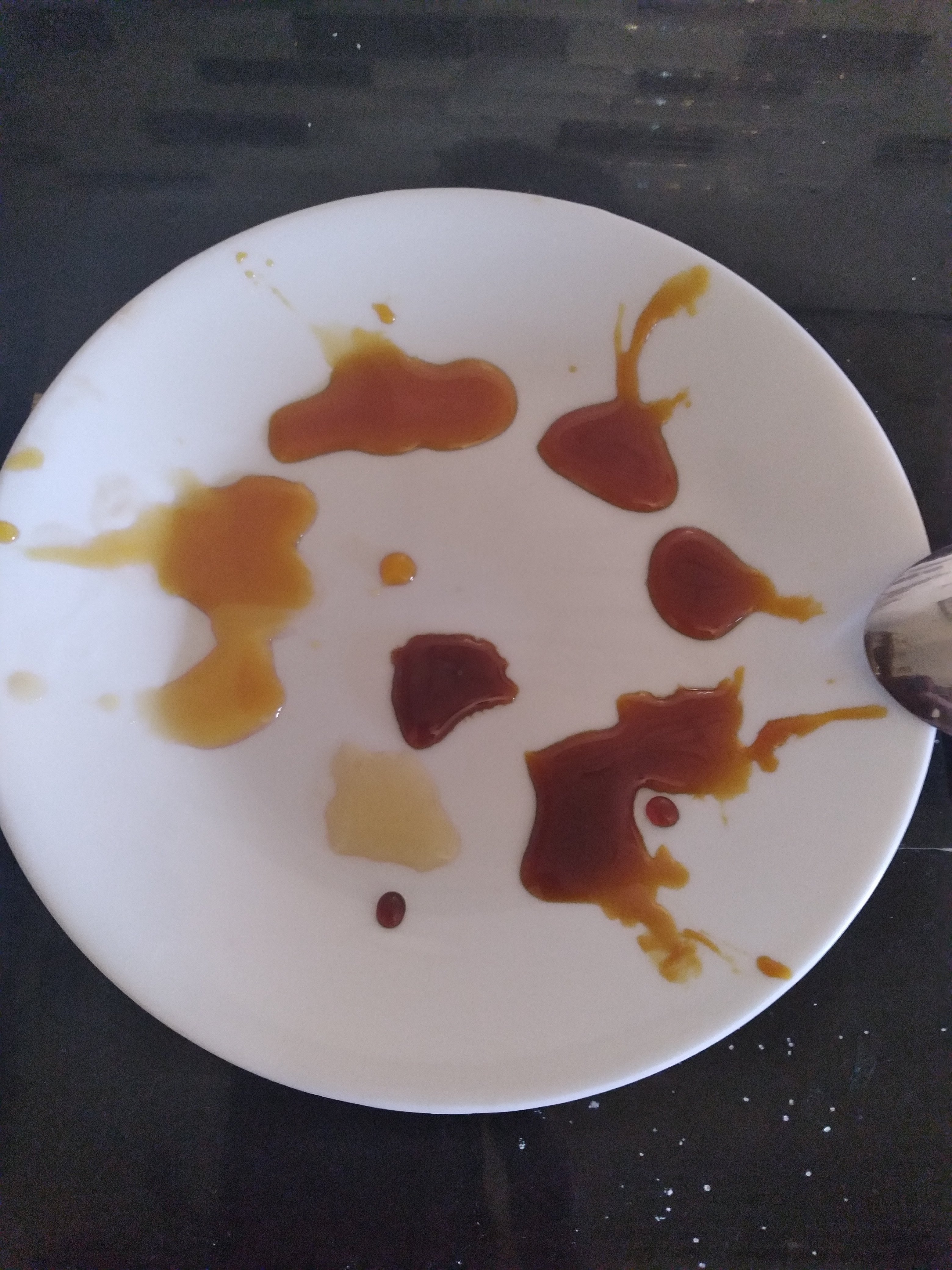Many English breweries used invert sugar. Invert #1 when they wanted to keep the color pale such as Tennent's Gold Label No. 1 Sparkling Barley Wine or invert #3 for more color such as in Truman's Stock No. 1 Burton Barley Wine.
Invert is quite easy to make yet time consuming. However you can buy it now in the US by looking for Bekcer's Inverted Sugars. I've used both, homemade and Becker's. I prefer homemade however because it is cheaper to make.
If you make your own I recommend using Ron Pattinson's recipe which is similar to the one that used to be published on the defunct unholymess.com website... and if I remember correctly they credited Ron for their recipe. It is taken from his book The Homebrewers Guide to Vintage Beer.
You will need:
- raw cane Sugar (
not table sugar)
- citric Acid
- water
- a candy thermometer
- a saucepan
The colors you are aiming for are:
- No. 1, 12-16 SRM
- No. 2, 30 - 35 SRM
- No. 3, 60 - 70 SRM
- No. 4, 275 - 325 SRM
This is what you do:
- For each pound (455g) of sugar you use, bring 1 pint (473ml) of water to a boil.
- Turn on the heat and add the sugar slowly, dissolving it.
- Add 1/4 teaspoon (1g) of citric acid per pound of sugar.
- Turn on the heat and set the alarm on the candy thermometer to 230°F (110°C).
- Stir frequently while it starts to simmer.
- When the temperature hits 230°F (110°C) reset the alarm for 240°F (115.6°C).
- Heat slowly until the temperature gets to 240°F (115.6°C).
- Lower the heat to keep at 240°F - 250°F (115.6° - 121.1°C).
- For No. 1 maintain the heat for 20 - 30 minutes.
- For No. 2 maintain the heat for 90 - 120 minutes.
- For No. 3 maintain the heat for 150-210 minutes.
- For No. 4 maintain the heat for 240 - 300 minutes.
I have made it with a simple candy thermometer but it requires constant attention and adjustment of the heat to keep the syrup between the required temperatures. An easier way that I have found is to use a dutch oven cook pot and use the oven set to 240°F - 250°F (115.6°C - 121.1°C).
For more insight on Barley Wine, it's history and recipes converted from historic brewers logs, like the two I mentioned above, dive into
Shut up about Barclay Perkins There is a site search at the top left of the site as well as an extensive keyword listing near the bottom.



































![Craft A Brew - Safale BE-256 Yeast - Fermentis - Belgian Ale Dry Yeast - For Belgian & Strong Ales - Ingredients for Home Brewing - Beer Making Supplies - [3 Pack]](https://m.media-amazon.com/images/I/51bcKEwQmWL._SL500_.jpg)
























